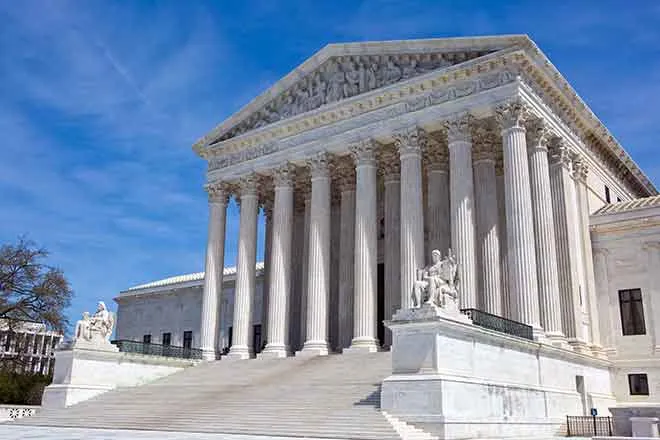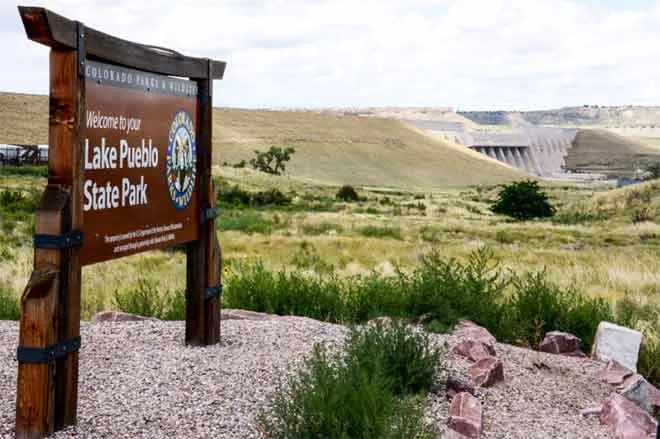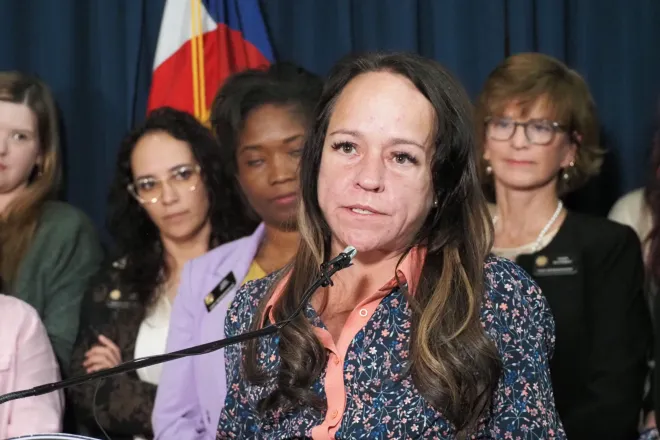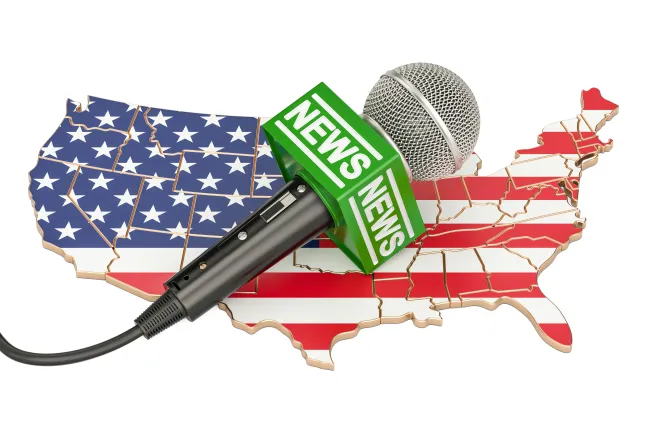
Commentary - Headquarters of the U.S. BLM belongs in the seat of government, as Founders envisioned
Making citizens wander the nation to meet with different federal agencies’ leaders is part of a strategy intended to weaken the U.S. government and undermine the management of America’s national public lands.
For over a decade I have helped lead an annual trip of community leaders from western Colorado to meet with federal agencies and our members of Congress. We travel to Washington, D.C., because the U.S. Constitution established the need for a compact and independent seat for the federal government.
In contrast, Project 2025 — the current administration’s top-down blueprint to dismantle government and inspire “trauma” in its workforce — undermines this critical foundation of our republic.
Project 2025 attacks many things, including America’s public lands. It would open up our national estate to increased privatization, industrialization and outright liquidation. In its section on the Department of Interior, Project 2025 specifically states: “(The Bureau of Land Management) headquarters belongs in the American West.” But my own experience has led me to think otherwise, and to conclude that America’s Founders who debated, drafted and then agreed on our Constitution, are instead the ones who are correct.
Each year, we travel from our valley to meet with leadership at agencies and with all our federal elected officials or offices. In just a few days we can meet with the Interior Department and its agencies like the bureaus of Land Management and of Reclamation to talk about public lands and irrigation projects.
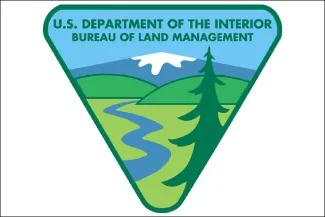
Our rural delegation, which includes farmers, can meet with U.S. Department of Agriculture, and agencies such as the Natural Resources Conservation Service to talk about soil health funding and program priorities, and with the Forest Service to talk about managing the local watersheds. Within a few days we bring concerns and questions directly to top leaders of several agencies and to our representatives only because we are able to visit a single seat of government.
I feel confident that this is as the Founders intended.
The rationale for relocating BLM headquarters — to better serve public lands stakeholders — is dubious. Project 2025 itself admits that the agency is already highly decentralized, writing that “97 percent of BLM employees are located in the American West.” These state and field offices, and agency employees who staff them, are indeed critical. But Project 2025 also demands vast federal workforce reductions. This transparent bad-faith argument made by Project 2025 should be a warning to any and all who want to see the efficient and proper management of our public lands.
BLM headquarters belongs with its department, which belongs with fellow federal departments in the independent and compact seat of government. This most efficiently allows states, citizens and stakeholders from across a far-flung nation the opportunity to petition the government for redress. And it better meets other purposes for which businesses, states and localities, and citizens might have to meet, share information, and work with the variety of agencies that make up our national government.
Like most of the parts of our Constitution, the idea and particulars of a federal seat of government and its agencies was discussed and debated. In the Federalist Papers, James Madison emphasized the necessity of complete authority at the seat of government to ensure its independence and effectiveness. “… but a dependence of the general government on the State (that holds the seat of authority) … for protection in the exercise of their duty, might bring on the national councils an imputation of awe or influence, equally dishonorable to the (federal government) and dissatisfactory to the other (states).”
The American republic is a union of free and sovereign states. As Madison and the Founders rightfully concluded, a functional federal government protects the individual sovereignty of all the states and of all its citizens. States, and the people, serve to check overreach by the federal government. And the federal government is also sovereign, as a necessary force to provide balance among the needs and perspectives of the varied states.
Madison saw a federal seat of government and its agencies as key to protecting the republic’s own independence, which in turn best guards the equal footing of the states. One can suppose that the Constitution’s authors wanted to ensure that the presence of the federal government in any of the various states could not compromise the nation’s ability to perform its duties with impartiality.
That federal functions not be paired closely with particular states “has the more weight, as the gradual accumulation of public improvements at the stationary residence of the government would be both too great a public pledge to be left in the hands of a single State,” Madison wrote.
Project 2025 does not seek to create more efficiency, but to deconstruct the federal government and to privatize public lands and resources so that a narrow set of wealthy interests can take an even greater share. Madison correctly saw peril in a weak federal government and intended for the national capital to serve as its “stationary residence.” The establishment of major national agencies outside of this seat runs contrary to that purpose and need.
Project 2025 stands contrary to the shared American project. Project 2025 is not interested in better management for our public lands, more public engagement in decision-making, or even that these lands, or much of the government, remain public at all. Moving the BLM headquarters away from its department and all its sister agencies is part and parcel of the Project 2025 plan.
And no one who cherishes our national public lands ought to be fooled one bit, or for one moment, otherwise.


